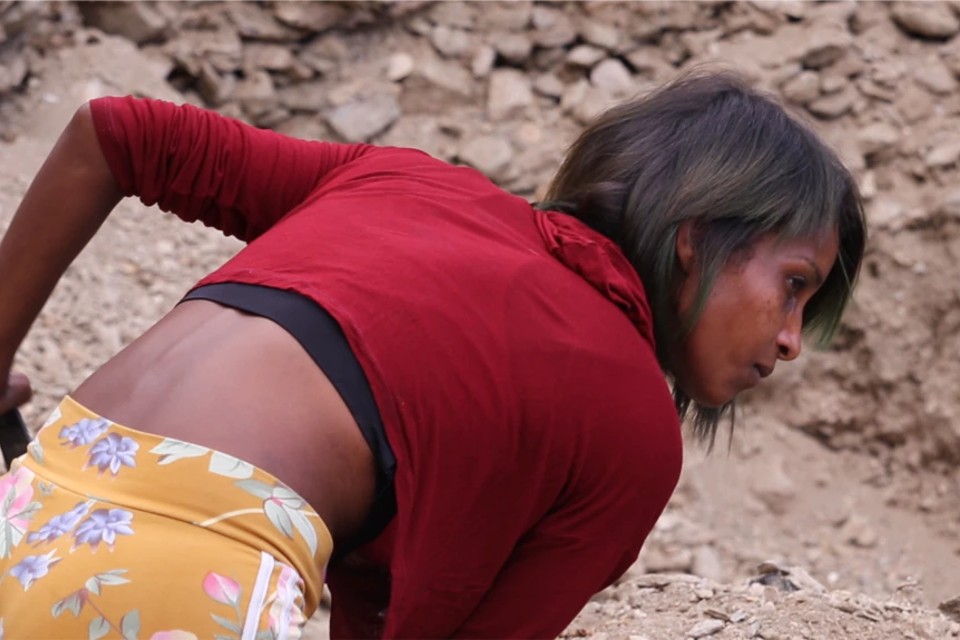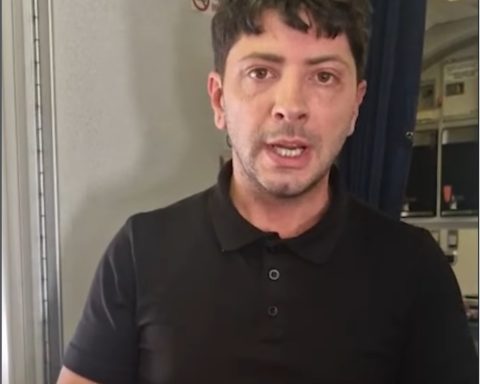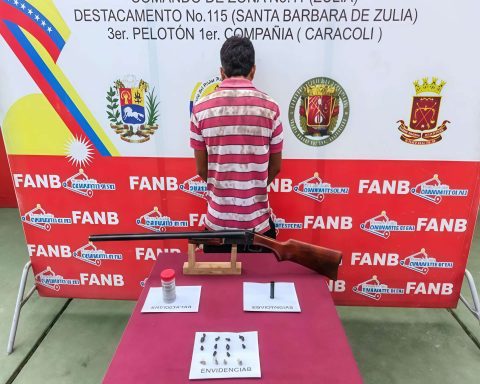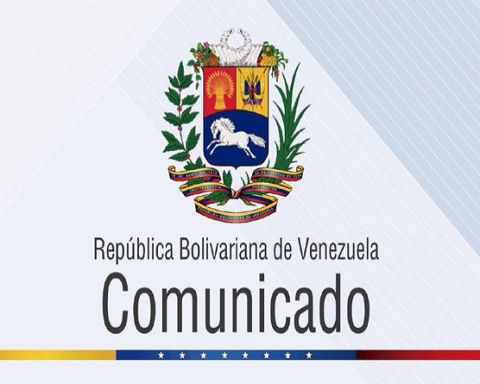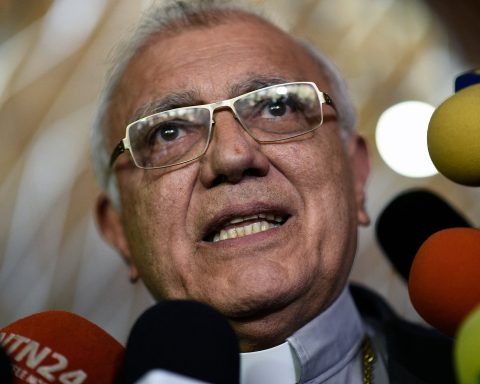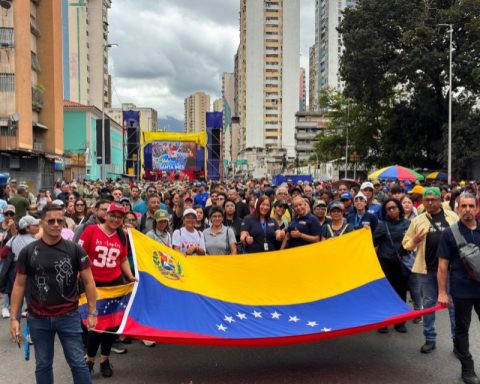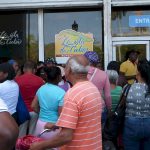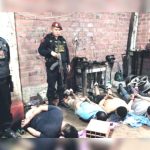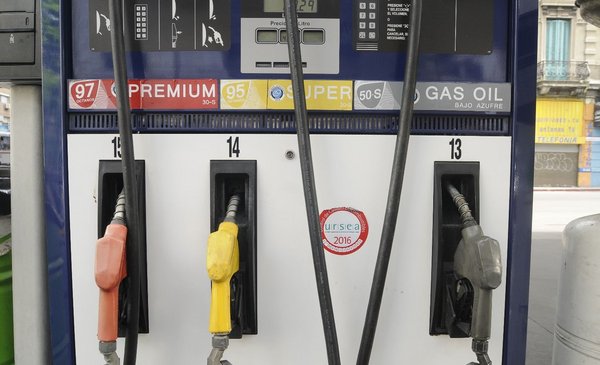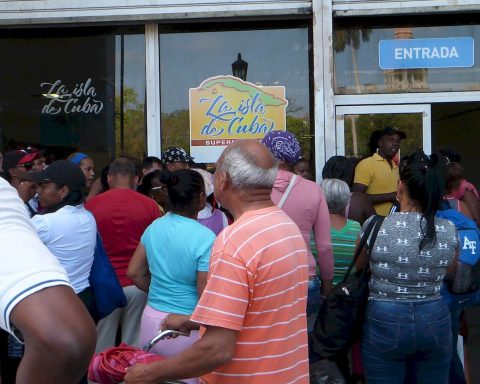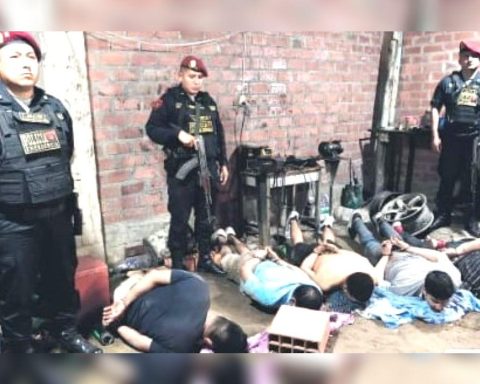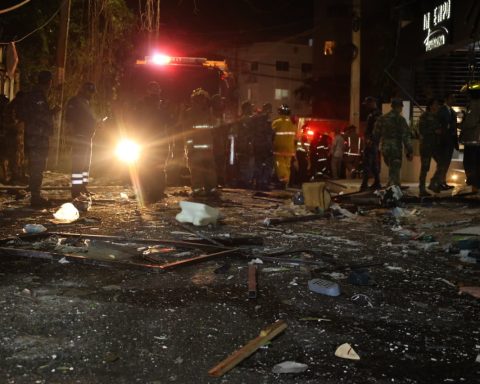Half of the economically active population in Venezuela lives unemployed, according to a study by the Andrés Bello Catholic University (UCAB) published at the end of 2021, which indicates that three out of four families do not have enough income to buy their food.
Text: Nicole Kolster
He takes a deep breath, picks up momentum and hits the ground hard over and over again, then sifts and tosses into a wheelbarrow. Between riots of sand, stones and an inclement sun, Misgleidy Herrera spends her days in a makeshift quarry on the outskirts of Caracas, where she started working when she became unemployed.
“It’s tough, tough work, but I feel capable of facing it,” this 32-year-old woman, the only woman working in this field in San Isidro, Miranda state, tells the Voice of America.
Hair perfectly straightened and nails perfectly done, Misgleidy was a manicurist before she took to digging up dust, washed sand and stone in this quarry, formed by a landslide and unfinished work.
A few steps away is Justo Cedeño, 67 years old, rushing to get the material that they sell to people who work in construction and who come to the place in trucks to load it.
A good week can translate into $50 per person, almost double the monthly minimum wage decreed two months ago by President Nicolás Maduro after an increase of 1,700%.
But Justo hasn’t found a formal job for three years, when he worked as a painter and bricklayer. I mean, he’s on the unemployment list.
*Also read: Velásquez: «Venezuela is not fixing itself. A country with 94% poverty cannot be fixed”
“Because of our age we can’t get a job, they don’t give us work,” says this man with his hands stiff from the mud. “The foreign contractors who were the ones who gave us work left (the country), we finished the work for us.”
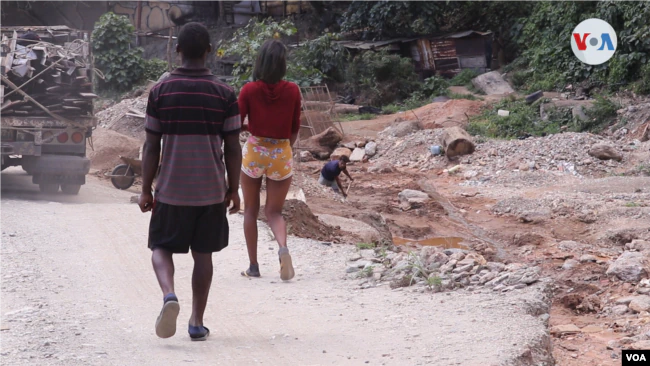
Artisanal quarry of San Isidro, in Venezuela
Half of the economically active population in Venezuela is currently unemployed, according to a study by the Andrés Bello Catholic University (UCAB) published at the end of 2021, which indicates that three out of four families do not have enough income to buy their food.
It is part of a deep crisis, which added seven consecutive years of recession and four of hyperinflation, which diluted the purchasing power of Venezuelans.
In that scenario, informal “mining” is not an unreasonable option.
“We have come here to bring sustenance, to buy the arepita”, the typical Venezuelan dish, continues this man who has lived in the area for about 40 years. “Things have gotten tough.”
Wearing no boots but flip-flops with socks, Misgleidy masters his new trade as well as the rest of the 10 other men in the quarry that day.
“At first it was a bit uncomfortable, but later I was molding myself to their level, giving it a leg up,” he says after remembering his beginnings two years ago.
“She was a manicurist but given the consequences of high prices, things began to rise, it was impossible to buy materials”, so she dedicated herself to the home but “the situation got a little rough (difficult)” and she decided to throw herself into the dirt.
Post Views:
83
